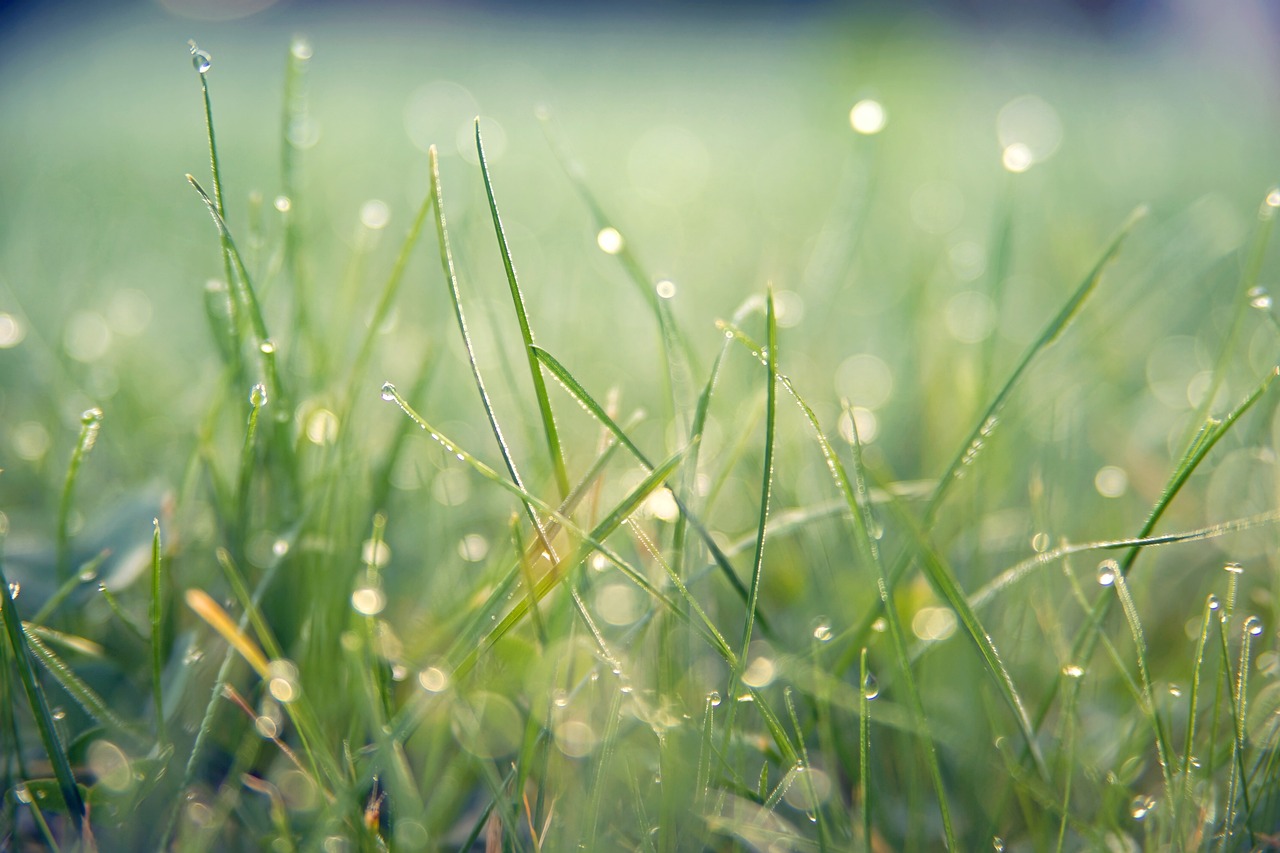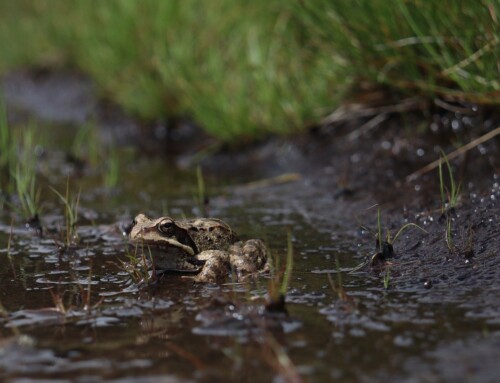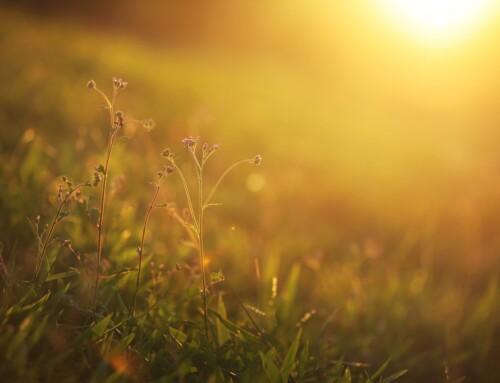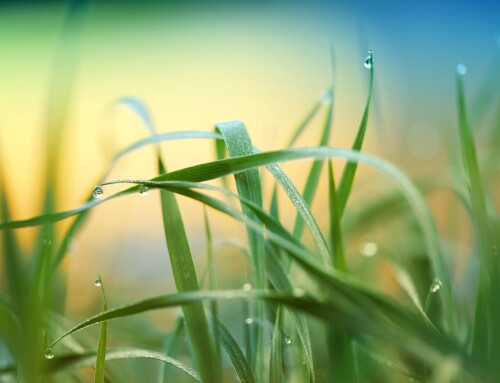Maintaining a lush, green lawn in Florida can sometimes be challenging due to the diverse array of lawn pests that thrive in the warm and humid climate. If left unchecked, these pests can damage grass, plants, and even structures. To cultivate a healthy lawn and prosperous garden, you’ll need to find ways to eliminate and suppress these and other pests.
Here are some of the most common lawn pests in Florida that homeowners and landscapers should be aware of:
Chinch Bugs: Chinch bugs are perhaps Florida’s most notorious lawn pest. They thrive in sunny, dry areas and feed on grass by sucking the juices from the blades. Signs of chinch bug infestation include yellow patches of grass that eventually turn brown. They are most active during hot summer and can spread quickly if not treated promptly.
Fire Ants: Fire ants are prevalent throughout Florida and are known for their painful stings. They build large, dome-shaped mounds in lawns and gardens. Besides their painful bites, fire ants can also damage plants and be a nuisance for homeowners trying to enjoy their outdoor spaces.
Armyworms: Caterpillars can devastate a lawn by chewing through grass blades. Armyworms are particularly active in the fall and spring months and can quickly defoliate large grass areas if left unchecked. Signs of armyworm infestation include irregular patches of brown grass and the presence of caterpillars on the lawn.
Mole Crickets: Mole crickets are underground pests that tunnel through the soil, causing damage to grass roots. They create raised tunnels on the lawn surface, disrupting grass growth and creating an uneven appearance. Mole crickets are active during warm and humid weather and can be challenging to eradicate once established.
Sod Webworms: Sod webworms are the larvae of lawn moths and feed on grass blades near the soil surface. They create small, irregular patches of brown grass and can be identified by their small, cylindrical bodies. Sod webworms are most active during the summer months and can quickly cause damage if not treated promptly.
White Grubs: White grubs are the larvae of beetles, such as June bugs and Japanese beetles. They feed on grass roots, causing the grass to wilt and die. Signs of white grub infestation include patches of dead or dying grass that can be easily pulled up from the soil. White grubs are most active during the spring and fall months.
Fungus Gnats: Fungus gnats are small insects that feed on fungi and decaying organic matter in the soil. While they don’t directly damage grass, their larvae can feed on grass roots and weaken the lawn. Fungus gnats thrive in moist conditions and can be a problem in lawns with poor drainage or overwatering.
Mites: Various mites, including clover and spider mites, can infest Florida lawns. These tiny pests feed on grass blades, causing them to turn yellow or brown. Mite infestations are often more common during hot, dry weather and can be challenging to control.
Lawn Pests: Organic Management and Control
Preventing and managing lawn pests in Florida often involves a combination of practices, such as proper watering and mowing, and targeted pesticide applications when necessary. However, at Veransa, we encourage using natural processes and organic products to manage any pest control problem you may have. Click here to learn more about natural pest control utilizing mulch and compost or purchase products for your agricultural efforts.
Veransa is an industry leader in green waste management, disposal, and recycling, as well as in the manufacturing of eco-friendly mulch, compost, and soil amendments.




